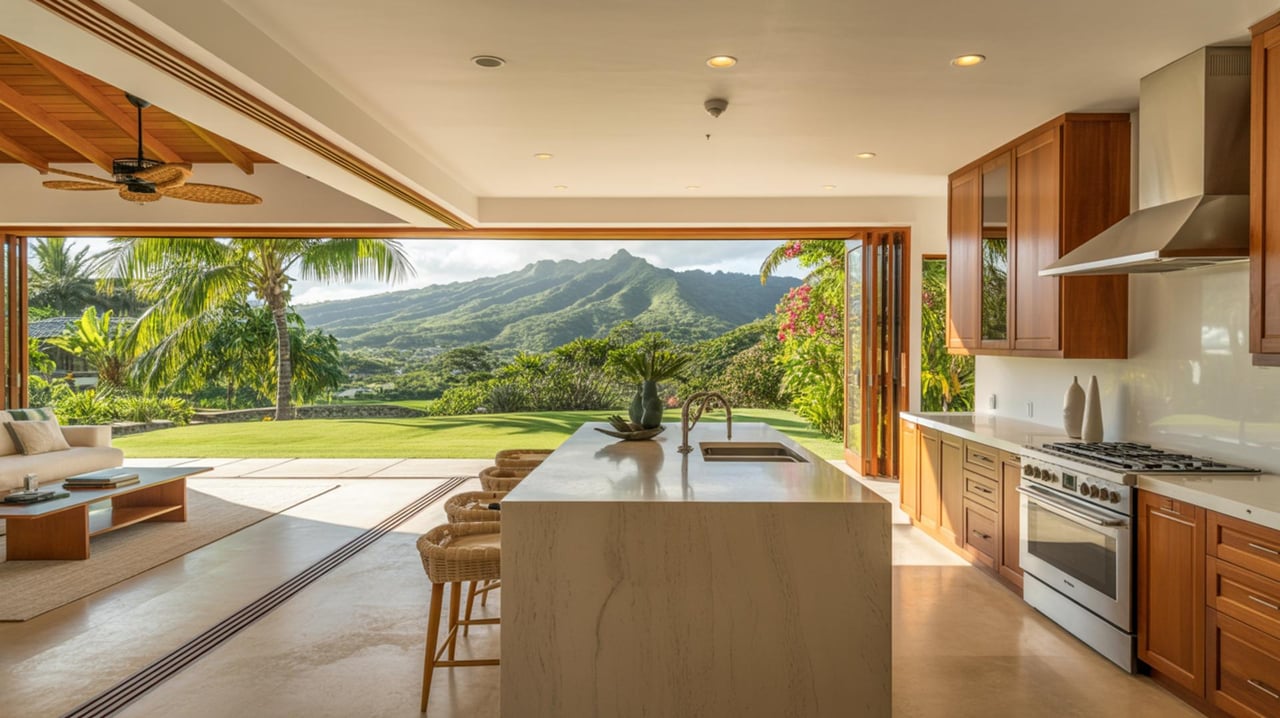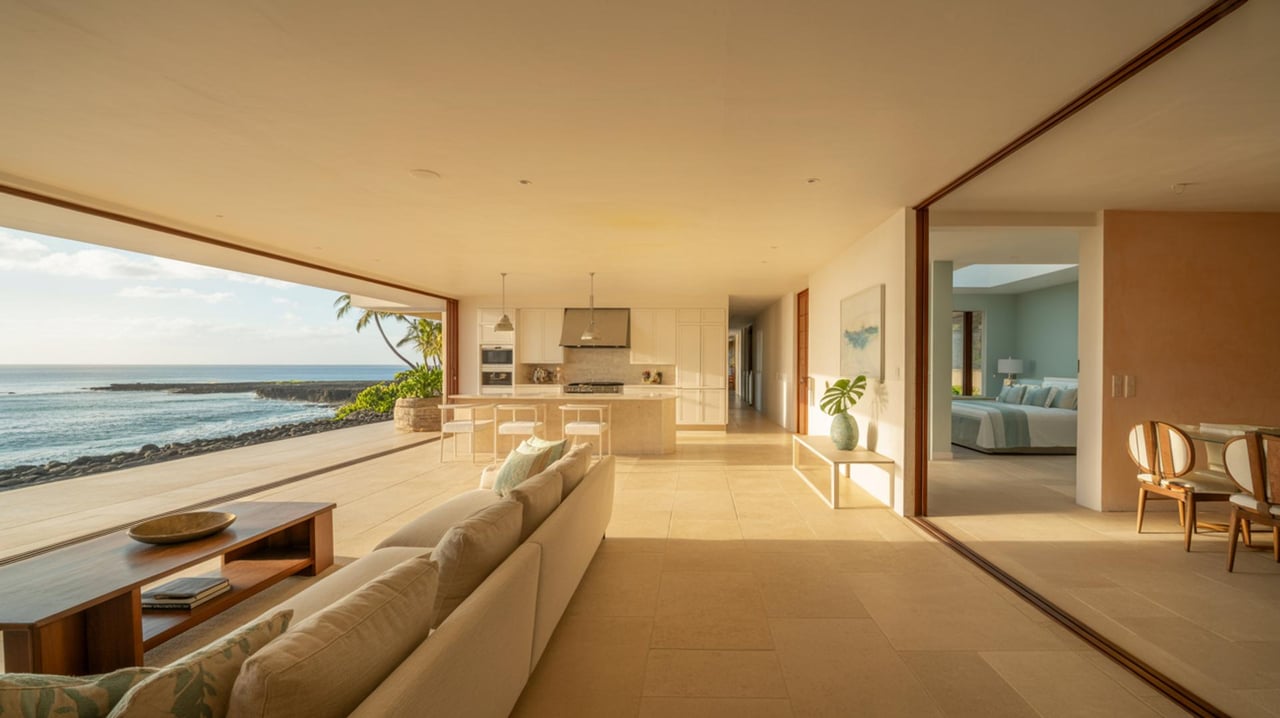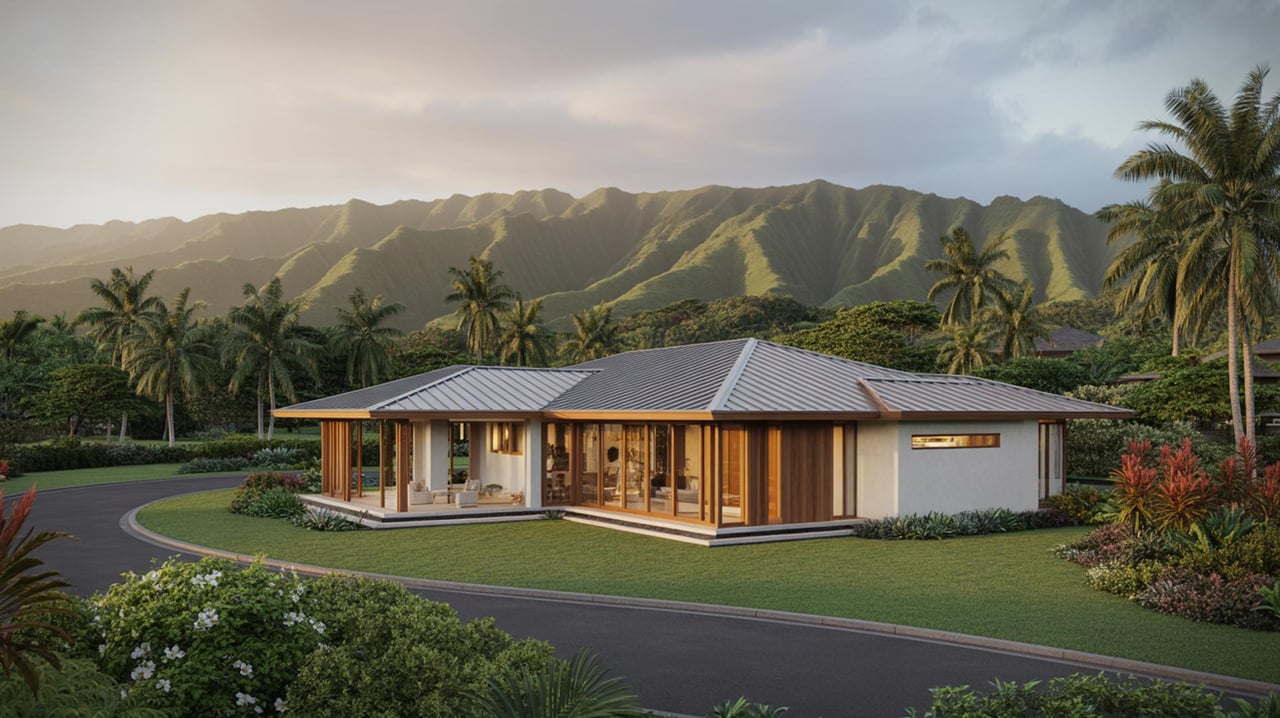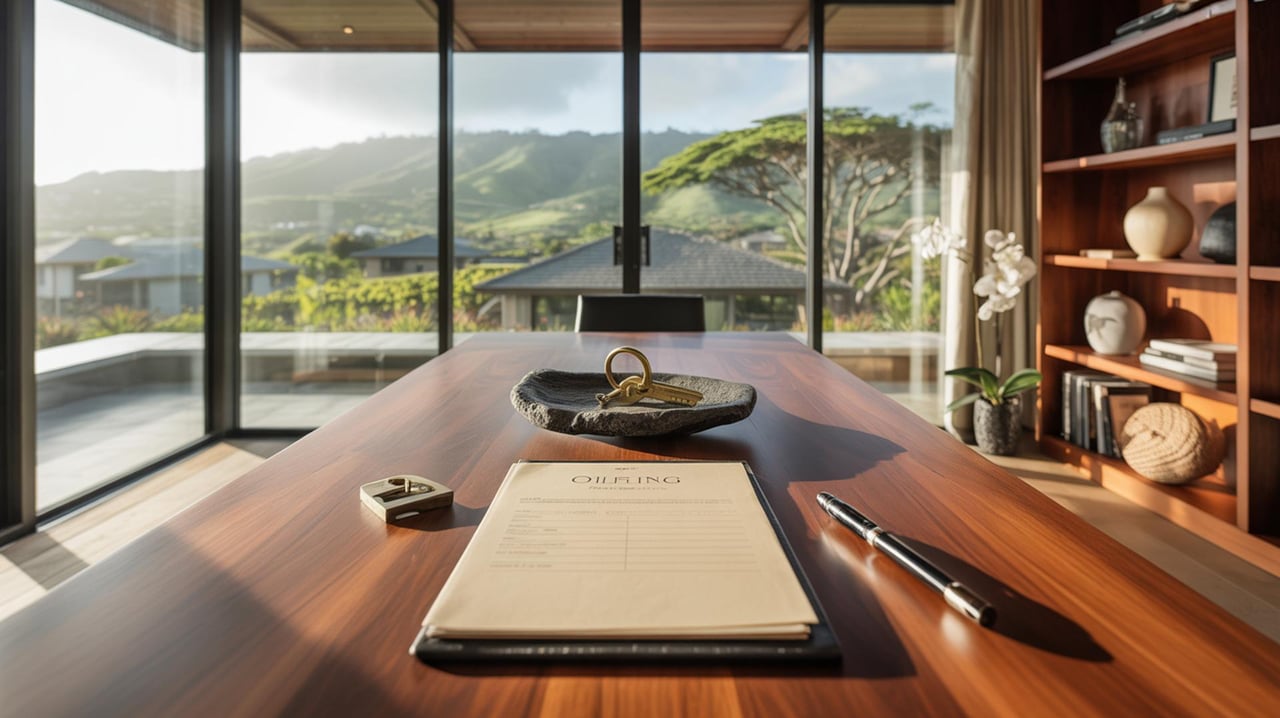Hawai‘i Island—affectionately known as the Big Island—is like no other place in the world. With its lush rainforests, sunny beaches, snow-capped mountains, and active volcanoes, it offers a lifestyle full of adventure, beauty, and community. But before you pack your flip-flops and ship your surfboard, there are a few things you’ll want to know to make your move smooth and your expectations realistic.
1. It Really Is Big
At over 4,000 square miles, the Big Island is larger than all the other Hawaiian Islands combined. This means you can go from tropical jungle in Hilo to dry lava fields in Kona, then up to cool ranch country in Waimea—all in a single day. The upside? There’s space to spread out. The trade-off? You’ll spend more time driving than on smaller islands, so think about which side of the island best fits your lifestyle before choosing where to live.
2. Different Sides, Different Vibes
•Kona Side: Sunnier, drier, and popular with tourists. Lots of coffee farms, beaches, and year-round sunshine.
•Hilo Side: Rainier, greener, and more affordable. Known for waterfalls, botanical gardens, and a slower pace.
•Upcountry (Waimea, Volcano, etc.): Cooler climates, ranch lands, and tight-knit communities.
Each area has its own microclimate, so where you live will shape your daily life—especially when it comes to weather.
3. The Cost of Living Is Real
While the Big Island is often more affordable than O‘ahu or Maui, the cost of living is still higher than most places on the mainland. Groceries, electricity, and fuel can be pricey due to shipping costs. Many residents shop at local farmers markets, grow their own produce, and take advantage of solar power to save money.
4. It’s a Slower Pace—And That’s a Good Thing
Things here move on “island time.” That doesn’t mean people are lazy—it’s just a different rhythm. Patience, kindness, and flexibility go a long way. Embracing this slower pace can be one of the most rewarding parts of living here.
5. Nature Rules the Island
From active volcanoes to seasonal flooding, nature is always part of life on the Big Island. You may hear about “lava zones” when looking at real estate—these indicate areas with varying levels of volcanic risk, which can affect insurance and financing. Respect for the land and awareness of your surroundings is essential.
6. A Strong Sense of Community
Hawai‘i Island has a welcoming but close-knit community. Get involved—volunteer at local events, support local businesses, and learn about Hawaiian culture and history. Simple gestures like using Hawaiian place names correctly and showing respect for sacred sites go a long way toward building connections.
7. Outdoor Living Is a Way of Life
Whether you love hiking through lava tubes, snorkeling with manta rays, or stargazing at Mauna Kea, the Big Island offers endless outdoor activities. You’ll quickly find that the best parts of island life don’t come with a price tag—they’re experiences you share with nature.
8. Prepare for a Unique Real Estate Market
Homes here can range from off-grid jungle hideaways to luxury oceanfront estates. Many properties have catchment water systems instead of municipal water, and some are powered entirely by solar. Working with a local real estate professional who knows the ins and outs of the market—and the land use rules—can save you time, money, and stress.
Final Thought:
Moving to the Big Island isn’t just a change of address—it’s a lifestyle shift. Come with an open mind, respect for the land and culture, and a willingness to adapt, and you’ll discover why so many people fall in love with this extraordinary island.
If you're ready to make a move, reach out to Kristen Matthews for personalized advice and support. Kristen is here to help make your transition as smooth as possible.




